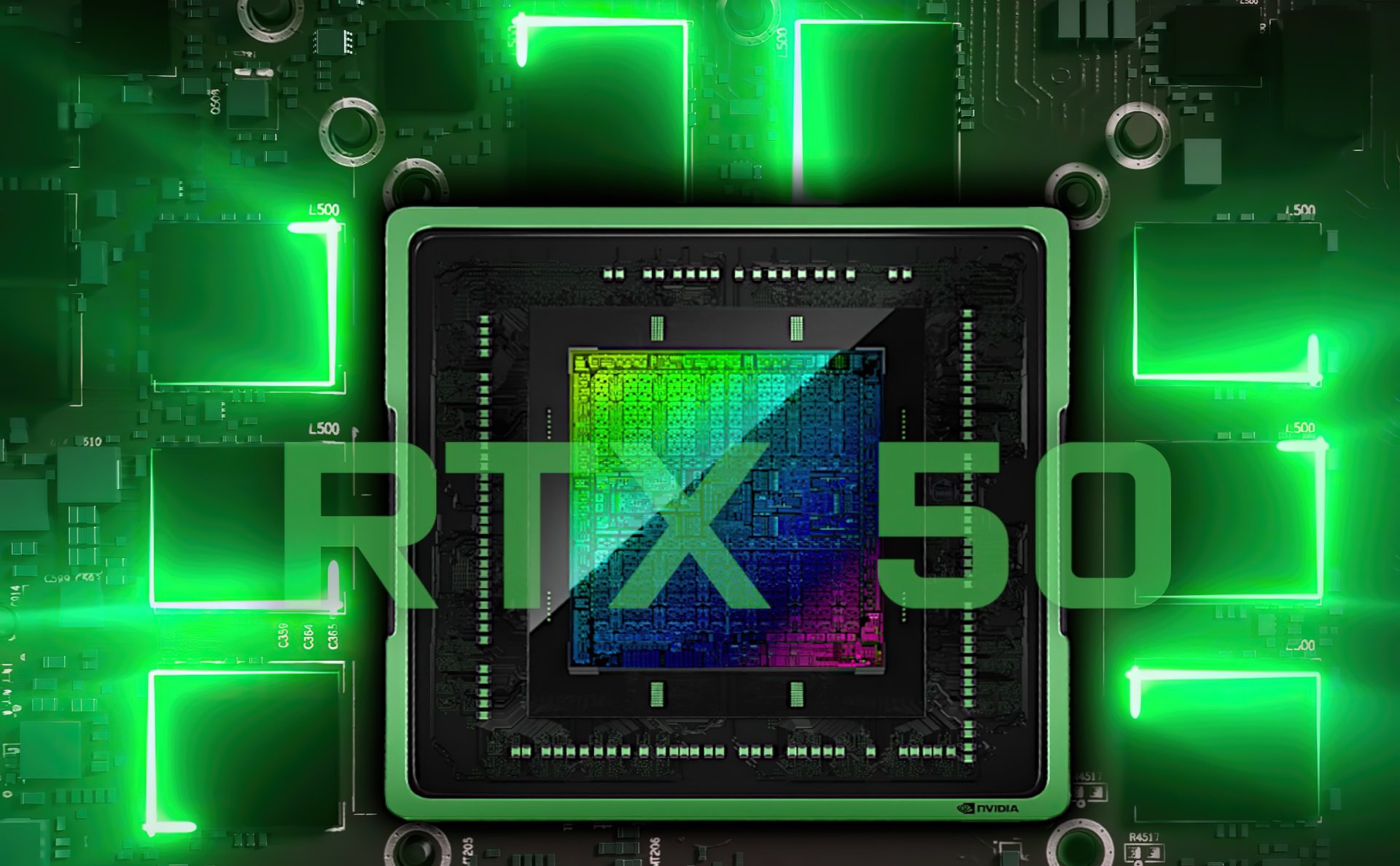The new desktop graphics cards, GeForce RTX 5050, and the mobile GPUs, GeForce RTX 5050, bring the NVIDIA Blackwell RTX architecture to even more gamers, with attractive prices starting at US$249 and US$999 respectively. This architecture, also used in high-end models like the RTX 5090 graphics card, promises faster and more responsive gameplay in eSports titles like Counter-Strike 2, Marvel Rivals, and Apex Legends with NVIDIA Reflex, already present in over 150 games, including 9 of the top 10 competitive shooters. Immerse yourself in experiences with Ray Tracing and high settings in single-player games like Cyberpunk 2077 and Avowed, thanks to DLSS 4 with Multi-Frame Generation. Over 800 games and applications are already accelerated by GeForce RTX technologies, including more than 125 with support for multi-frame generation via DLSS. The GeForce RTX Series 50 GPUs are among the most popular worldwide, only surpassed by the x60 class on Steam. The GeForce RTX 5050 is built on NVIDIA’s Blackwell architecture and features 2,560 CUDA cores, a boost clock of up to 2,570 MHz, and 8GB of GDDR6 memory with 320 GB/s bandwidth. The memory interface is modest, but performance stays sharp due to optimization across the board. As games present growing levels of detail, broader open worlds, and innovations in gameplay mechanics, the graphic processing power needed to render them also increases, demanding updates to maintain smooth frame rates.
Tens of millions of players with Pascal, Turing, or Ampere-based GPUs can benefit from a significant performance and feature leap in modern games with the GeForce RTX 5050. The next GeForce Game Ready Driver, with a release expected early July, will provide full support for all GeForce RTX 5050 GPUs, both desktop and laptop. Notebooks will come with the factory-preinstalled driver. This month, the GeForce RTX 5050 will be available starting from the second half of July, with the video cards beginning to hit shelves. Priced from $249, there will be models with standard clocks and also versions with factory overclock, produced by major brands such as ASUS, Colorful, Gainward, Galaxy, GIGABYTE, INNO3D, MSI, Palit, PNY, and ZOTAC. They will also be available in pre-built desktops from manufacturers. Each GeForce RTX 5050 GPU uses a single PCIe 8-pin cable, with a maximum power consumption of 130W at standard clocks, making it ideal for systems with power supplies starting from 550W. In tests conducted, the GeForce RTX 5050 delivers, on average, 60% more rendering performance and is up to four times faster in titles that utilize the full suite of DLSS 4 technologies compared to the RTX 3050. For those still using the GTX 1650 (the fourth most used GPU on Steam), the leap is even greater, as this card does not offer support for DLSS or hardware-accelerated ray tracing.
Notebook computers equipped with GeForce RTX 5050 start arriving today at stores worldwide, priced from $999. In Brazil, there is currently no release date for these notebooks or their models and prices. The GeForce RTX 5050 GPUs for notebooks feature: – Further optimization for energy efficiency, allowing manufacturers to release thinner and lighter models with greater battery autonomy. – 8 GB of GDDR7 video memory, operating at 24 Gbps. The GDDR7 can be up to twice as energy-efficient as GDDR6, allowing manufacturers to release thinner and lighter models with greater battery autonomy. This efficiency also reduces heat emission, enabling quieter laptops with lower temperatures during gaming and content creation activities. As a result, manufacturers can offer GeForce RTX 5050 laptops that weigh as little as 1.3 kg, with a thickness of up to 15 mm, ideal for those seeking power and portability. With the launch of the GeForce RTX 5050, even more players can now experience the latest games, as well as those yet to come. Features such as DLSS 4 with Multi-Frame Generation, neural rendering, and Blackwell architecture innovations offer the highest frame rates ever seen in an x50 class GPU, along with the benefits mentioned above.
Have any thoughts?
Share your reaction or leave a quick response — we’d love to hear what you think!
